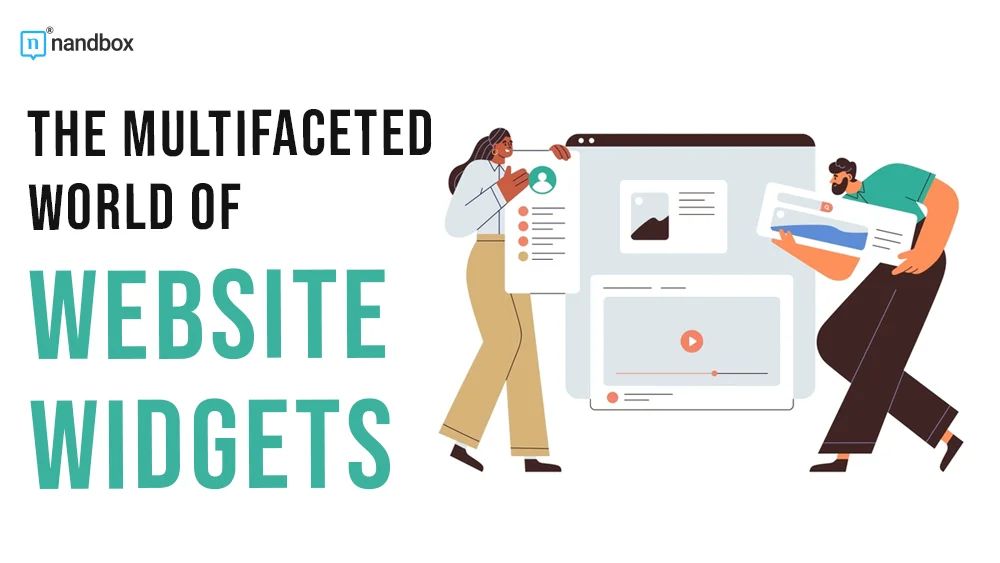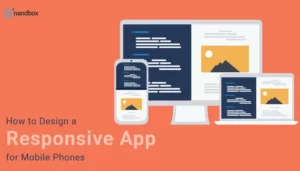Empowering Digital Interactions: The Multifaceted World of Website Widgets
The significance of website widgets has grown significantly, revolutionizing how users interact with online content. These adaptable tools, namely website widgets, play a fundamental role in shaping the digital experience for website visitors. Throughout this investigation, we will unveil the varied aspects of website widgets, casting a spotlight on their importance, functionalities, and the influence they exert on user engagement.
What are Website Widgets?
In essence, website widgets are discreet, functional components strategically integrated into web pages to augment user interaction and engagement. Picture them as the silent architects working behind the scenes to enhance a website’s functionality and user-friendliness. These elements can range from interactive forms and live chat functionalities to dynamic content displays, each designed with a specific purpose.
Consider website widgets as the silent maestros orchestrating a symphony of user experiences. They go beyond mere functionality and are pivotal in creating a cohesive, engaging digital environment. Through thoughtful integration, website widgets empower users to interact effortlessly with online content, fostering a sense of intuitiveness and efficiency.
The Evolution of Website Widgets
1. Origins of ornamental elements
- In their initial stages, website widgets were decorative elements, embellishing web pages with visual appeal.
- Primarily aesthetic, these widgets focused on enhancing the visual allure of websites rather than delivering practical functionality.
2. Transition to functional enhancements
- Over time, widgets transcended their ornamental origins, evolving into functional enhancements for user interaction.
- Incorporating interactive elements such as image sliders and dynamic menus showcased a shift towards user-centric design.
3. The rise of dynamic content delivery
- The advent of dynamic widgets ushered in an era where content delivery became more personalized and responsive.
- Widgets like live chat features and real-time updates became integral, offering users instant access to information and assistance.
4. Adaptation to mobile responsiveness
- With the proliferation of mobile devices, website widgets underwent a crucial transformation to ensure seamless functionality across various screen sizes.
- Mobile-responsive widgets became a standard, reflecting the evolving needs of users accessing content on diverse devices.
5. Integration of artificial intelligence (AI)
- In recent years, the integration of AI has revolutionized website widgets, enabling intelligent functionalities.
- Chatbots powered by AI, for instance, provide users with interactive and personalized experiences, demonstrating the fusion of technology and user engagement.
6. Focus on accessibility and inclusivity
- They have embraced a commitment to accessibility, introducing features such as language translation tools and screen reader compatibility.
- This shift reflects a dedication to inclusivity, ensuring that online content is accessible to users with diverse needs.
7. The future landscape
- Looking ahead, the future of website widgets holds the promise of even more sophisticated and tailored functionalities.
- Anticipated advancements include enhanced AI capabilities, augmented reality integrations, and a deeper understanding of user behavior for personalized interactions.
Benefits of Website Widgets
1. Customization for targeted marketing
- Widgets empower businesses to tailor their marketing strategies with personalized content delivery.
- Tools such as personalized recommendation widgets and targeted pop-ups enable businesses to cater to the specific interests and preferences of individual users.
2. Enhanced user engagement
- Website widgets are pivotal in elevating user engagement by offering dynamic and interactive features.
- Interactive elements like quizzes, surveys, and polls encourage user participation, fostering a more engaging online experience.
3. Improved customer support
- Widgets, particularly live chat features powered by AI, contribute to enhanced customer support.
- Real-time assistance and instant communication capabilities enable businesses to address customer queries promptly, improving overall customer satisfaction.
Strategies for Effective Widget Implementation
Implementing them strategically is crucial for maximizing their impact and achieving specific business goals. Here are key strategies to consider:
- Strategic business alignment. Widgets should be strategically aligned with specific business objectives to ensure that their implementation serves a purpose and contributes directly to organizational goals.
- User-centric design focus. The design of widgets should prioritize the needs and preferences of users, ensuring that the interactive elements are intuitive and enhance the overall user experience.
- Responsive design for accessibility. Widgets should be optimized for responsiveness across various devices and screen sizes, with a particular emphasis on mobile responsiveness to accommodate diverse user platforms.
- Ongoing monitoring and updates. Establishing a system for continuous monitoring of widget performance ensures they remain effective over time. Regular updates should be made to align with evolving user expectations, technological advancements, and business needs.
Top 3 Examples of Website Widgets
- Social media feed widgets. Instagram feed widgets. Instagram feed widgets seamlessly integrate with websites, fostering social engagement by displaying real-time updates. These widgets enhance a brand’s social presence by allowing users to easily share and interact with content directly from the website. The result is a more connected and dynamic online experience.
- Payment widgets. One of the most crucial website widgets is the payment widget, which streamlines and secures online transactions. This widget provides a seamless and efficient payment process, enhancing user convenience and trust in e-commerce platforms.
- Interactive data visualization widgets. The interactive data visualization widget transforms complex data sets into visually engaging charts and graphs. This widget aids in conveying information more comprehensively, making it an invaluable tool for businesses and educational websites seeking to present data-driven insights in an accessible manner.
Conclusion
The multifaceted world of website widgets is a testament to the ever-evolving nature of digital interactions. As we gaze into the future, the continued evolution of website widgets holds the promise of more sophisticated functionalities aligned with diverse business needs and user expectations. In essence, these discreet yet powerful components have not only enhanced the visual appeal of websites but have emerged as indispensable instruments in creating intuitive, accessible, and highly engaging online environments.






